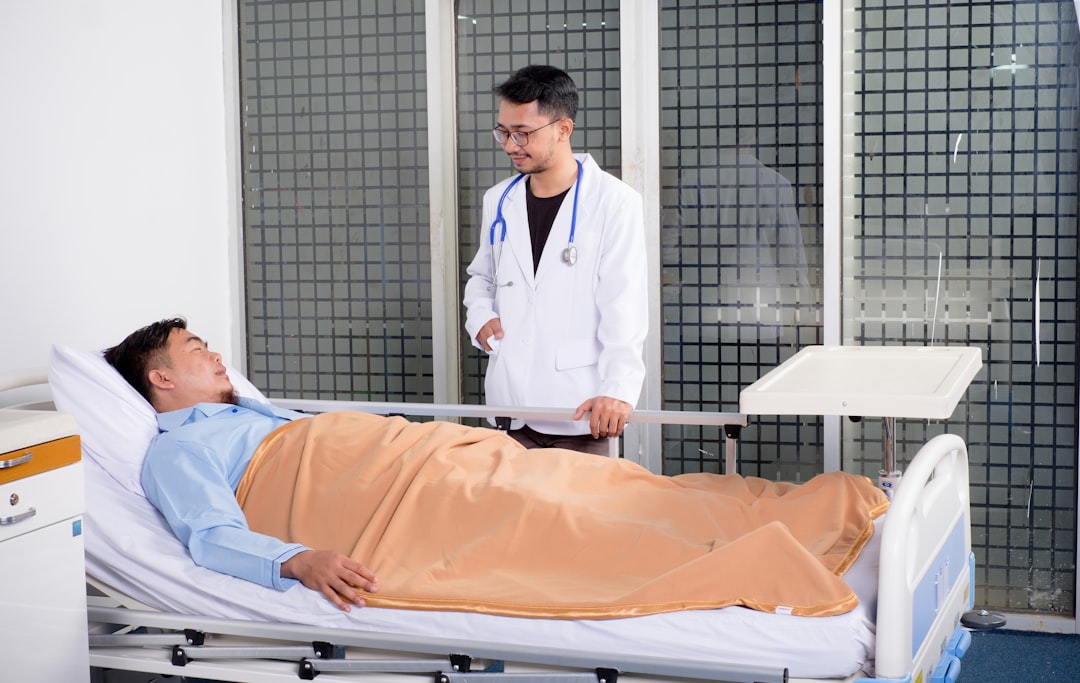What is it about?
This paper aims to explore analytical drawing techniques as a means to assess the attainment of preset objectives in the design phase of hospital buildings and to test ex ante if the building fits with these objectives, with a focus on view on nature, wayfinding, daylight, visibility of patient areas from reception desks, privacy, and communication between medical staff and patients, and noise reduction. The impact of the build environment on user value is at the core of evidence-based design, but these values are normally only experienced by users after the building is constructed. Therefore, assessment of these values during the design phase could improve the outcome for patients. Topical Headings: An analysis of available assessment tools showed that research by drawing and the use of space syntax methods is an adequate means to visualize the strengths and weaknesses of floor plans in relation to spatial user experience. This approach is illustrated by an assessment of a nursing ward of the Deventer hospital in the Netherlands. Conclusions/Recommendations: Floor plan analysis by using space syntax techniques makes it possible to visualize various aspects of user value and supports the incorporation of usability issues in the discussion between the designer, the client, and the users during the design process. It is recommended to test the findings of the design assessment by a postoccupancy evaluation of the building-in-use and to conduct similar studies in other hospitals, as a means to build a body of knowledge for user-oriented design and management of hospital buildings.
Featured Image
Read the Original
This page is a summary of: Pre-Occupancy Evaluation of Patient Satisfaction in Hospitals, HERD Health Environments Research & Design Journal, September 2015, SAGE Publications,
DOI: 10.1177/1937586715595506.
You can read the full text:
Contributors
The following have contributed to this page










